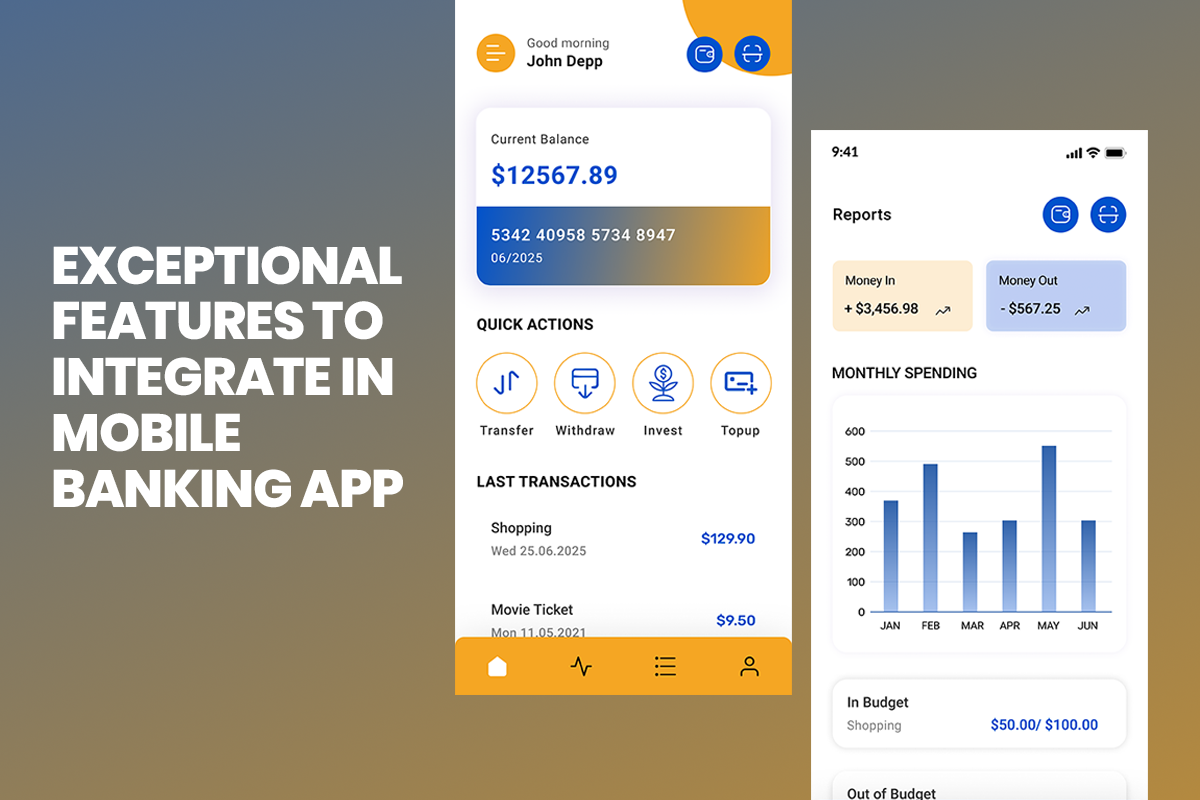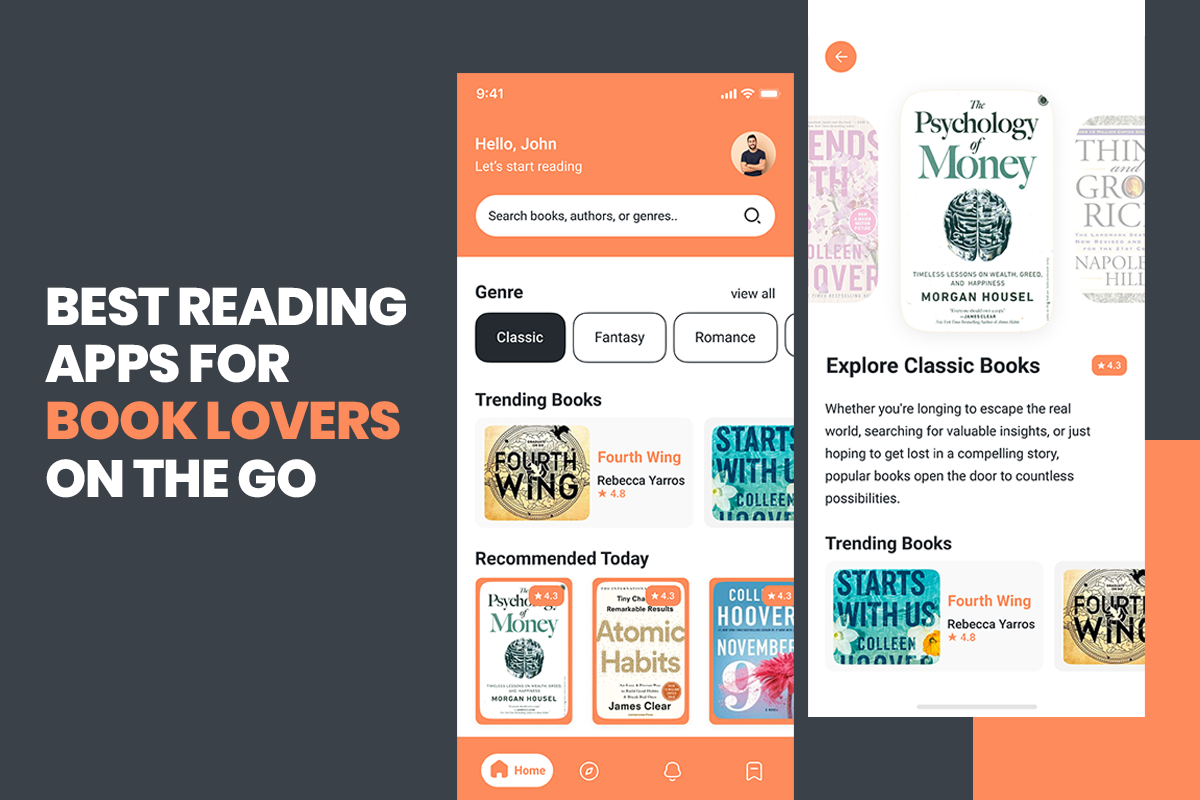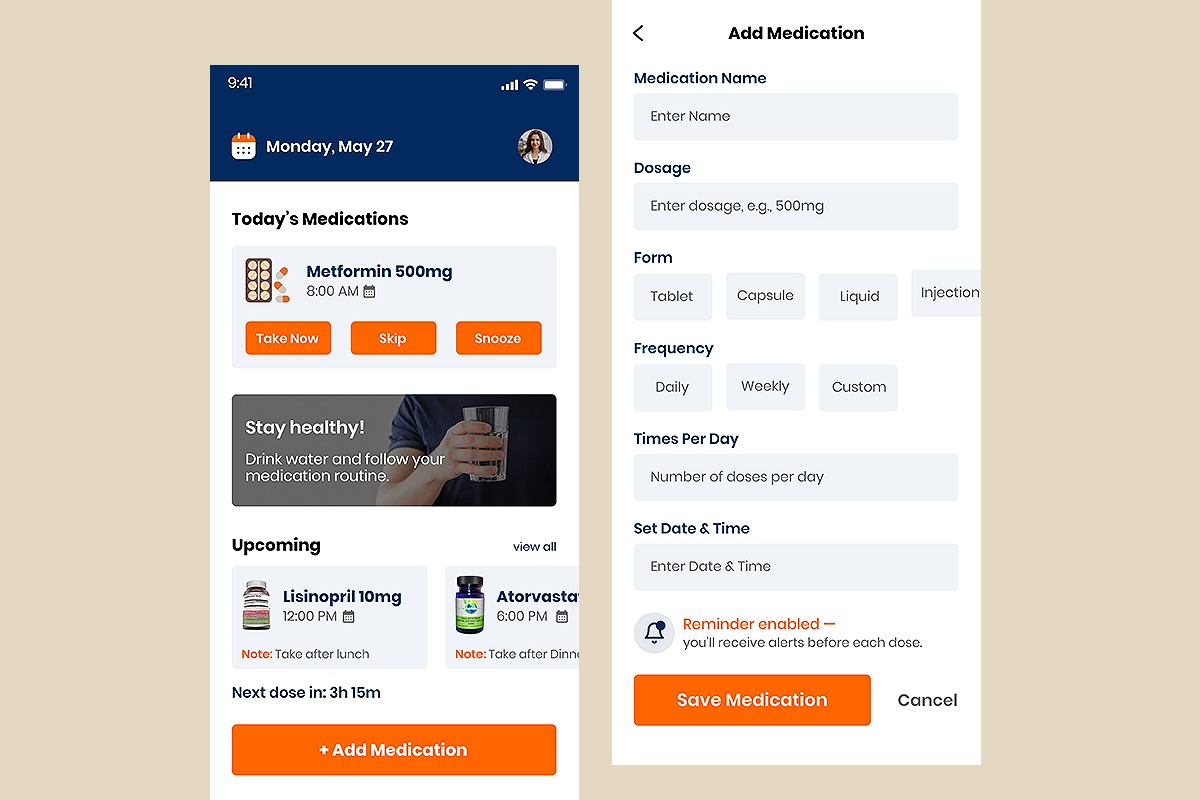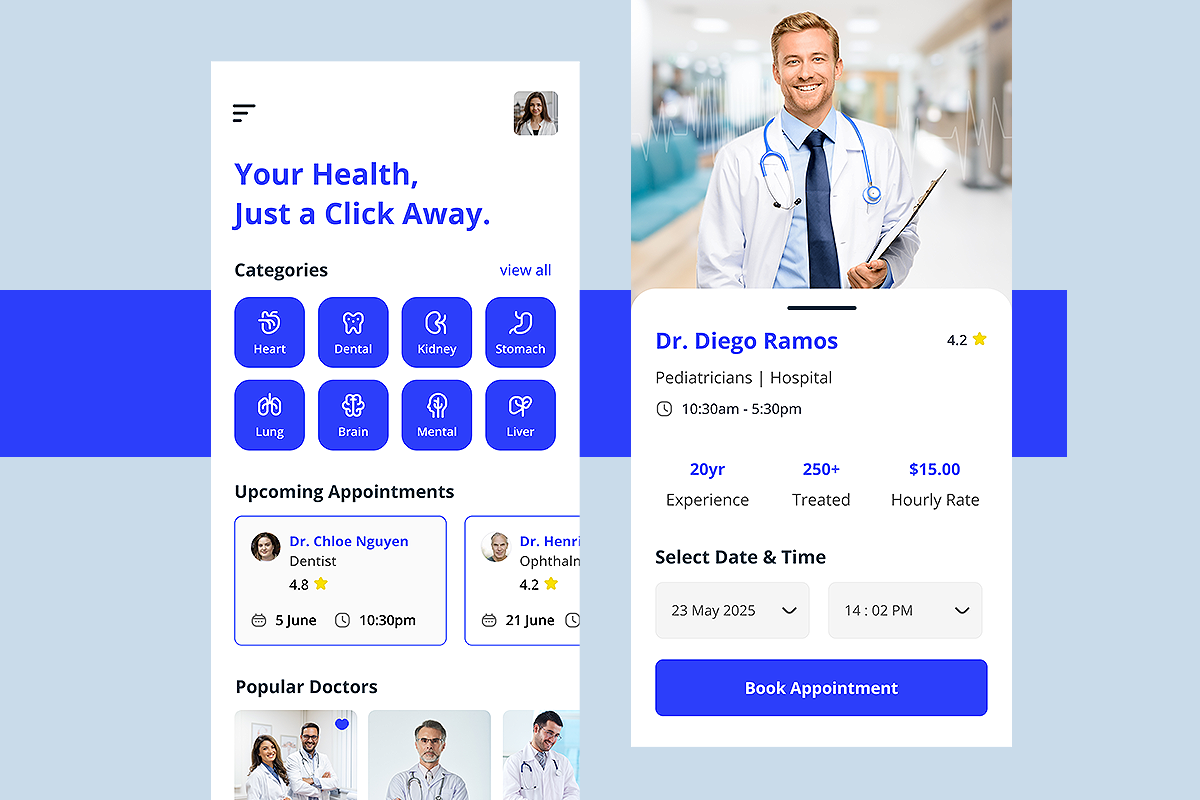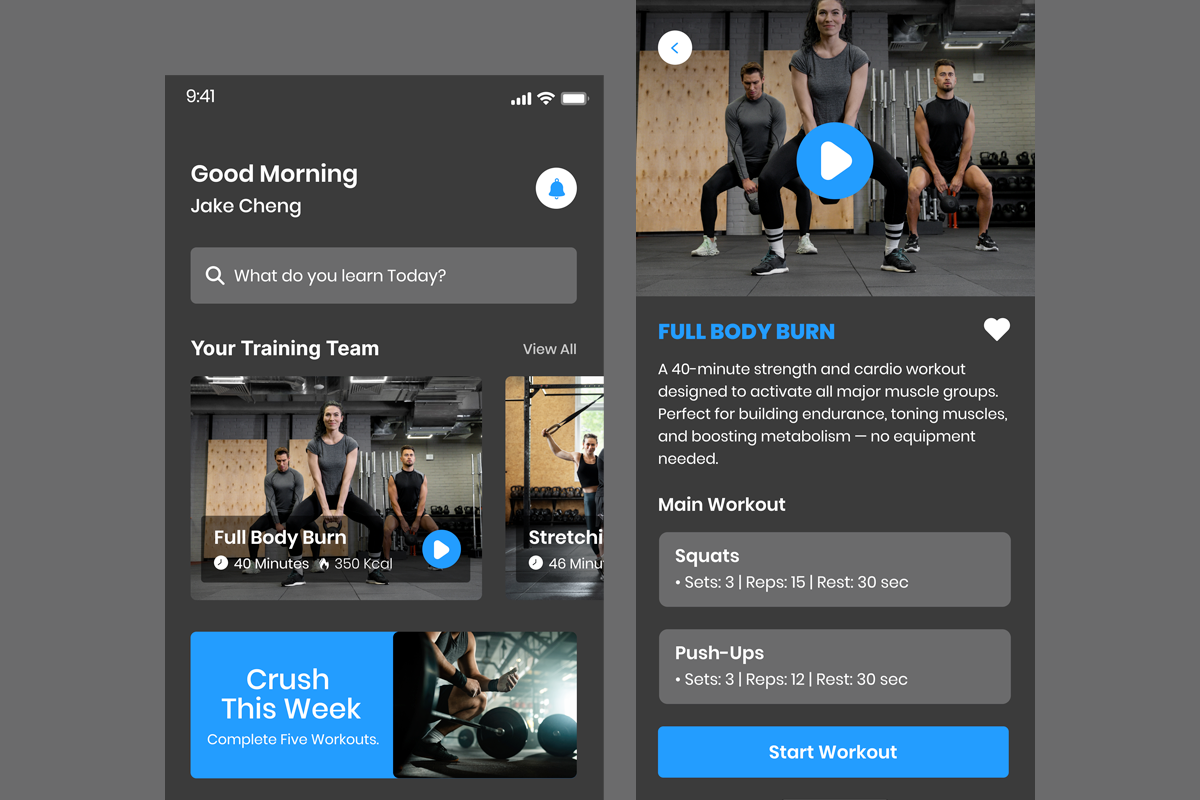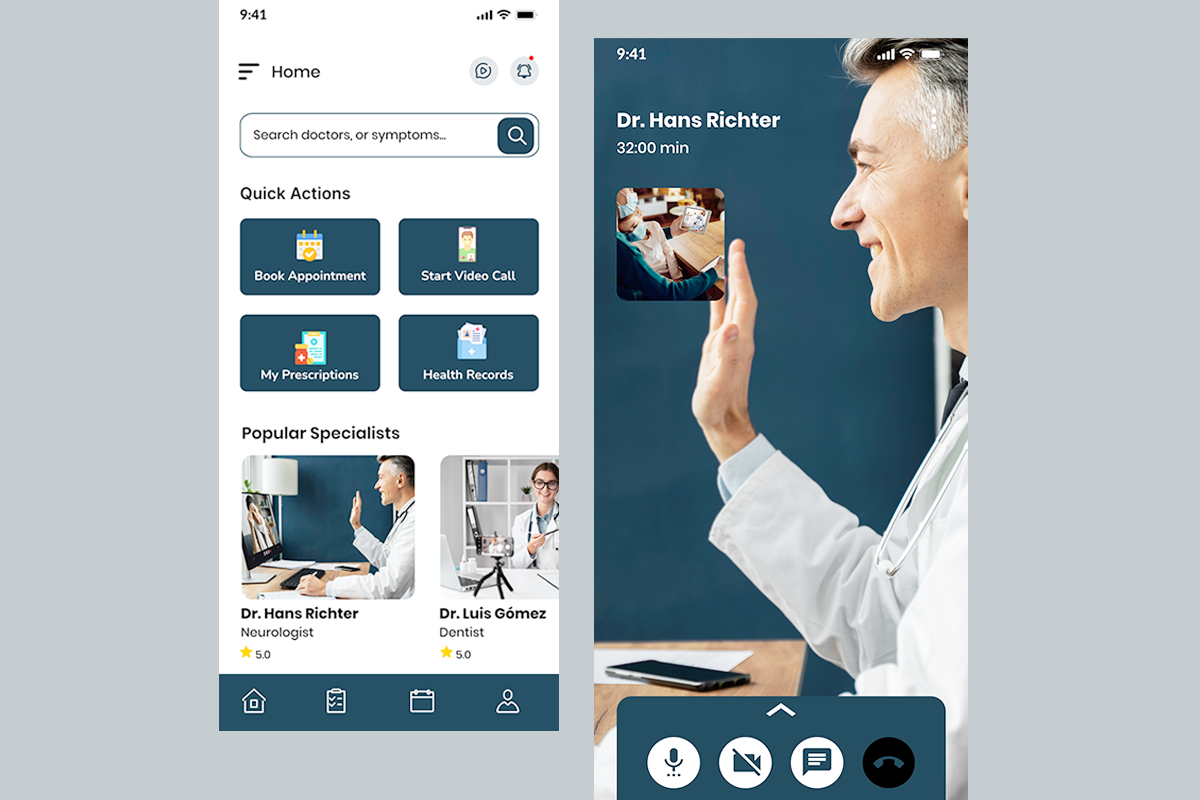Chatbots Vs Conversational AI- which one would you prefer to integrate in your business system? Are you still confused about choosing between these options? If yes, then let’s get into the depth of the concept. Have you ever accessed customer support of any brand and find yourself stuck with a chatbot that repeats the same script? If yes, then you are not alone. A survey report revealed that 30% of customers abandon a brand, and 73% cancel ongoing purchases, after a negative chatbot experience. With repeated scripts, customers started feeling that chatbots cannot resolve their issues effectively. And for businesses, this means lost sales, frustrated customers, and a low brand experience. This growing gap has fueled the rise of Conversational AI. This is a next-gen intelligent system powered by NLP, machine learning, and large language models that can understand the intent of the queries, customer’s context and even emotions. Unlike traditional chatbots, AI-Powered conversational bots transform the experience with customers and allow businesses to turn conversations into meaningful conversions. However, the central question that arises here is, do you really need conversational AI? Or you will manage with a chatbot? Well, both are great in their own ways, so the ultimate decision is depending upon your goals, scale, and customer expectations. Let’s get into detail…. Understanding the Basics: Chatbots vs. Conversational AI So finally you made a decision to include AI bots to your ecosystem. But what to integrate under what situation matters the most. Though both AI chatbot and
Read MoreSep 5, 2025 Software Development 0
Sep 5, 2025 Software Development 0
Chatbots vs Conversational AI: Which One is Right for Your Business?
Aug 27, 2025 Artificial Intelligence 0
Aug 27, 2025 Artificial Intelligence 0
Build an AI Copilot For Enterprises: It’s Cost, Features, and Process
Still wondering whether you should build an AI copilot for Enterprises? Well, no matter how far we have come in terms of technology, some of the enterprises are still struggling with productivity gaps and operational inefficiencies. According to McKinsey, employees are spending nearly 1.8 hours per day (9.3 hours per week) just searching for internal information – which is a clear loss in value and efficiency. In other terms, every fifth employee is effectively off the clock, hunting for answers instead of contributing real value to the business. This is where enterprises are choosing to build an AI copilot. But what’s so different about it? The smart enterprise assistants are intentionally crafted to automate routine workflows. With these agents, enterprises can get real-time insights, and able to make faster decisions. AI copilots work smoothly with systems like CRM, ERP, and HRMS. Their primary role is to eliminate repetitive tasks. They enhance cross-team synergy. They also free employees to focus on high-impact work. Unlike generic AI assistants, enterprise AI copilots are built for specific business needs. They boost efficiency. They cut operational costs. And they adapt quickly to changing market conditions. According to the reports, enterprises shifted to copilot results into: Source: microsoft If you are also struggling with low productivity, lack of growth or decision making, then let’s understand how AI copilots help you with that. Moreover, in this blog, we are covering how to build an AI copilot for enterprises, it’s development process, features and cost. Let’s get started…
Read MoreAug 4, 2025 Artificial Intelligence 0
Aug 4, 2025 Artificial Intelligence 0
How Much Does It Cost to Hire AI Developer: A Complete Guide for 2025-26
Exploring the actual cost to hire AI developers in 2025-26? From chatbots to personalized recommendation engines and predictive analytics to integrating advanced algorithms- AI is reshaping the world at a fast pace. Due to that the demand worldwide for AI development is increasing. But is it easy to find the right AI developers? And how much does it cost to hire an AI developer? Let’s get into it… In early 2025, a mid-sized eCommerce company set out to integrate an AI-powered recommendation engine into their existing ecommerce platform. They budgeted for it, assembled a production team, and hired an AI developer from a top-rated hiring platform. However, three months later, the project scattered. Their existing e-commerce platform started to underperform. Their sales are quickly dropping, facing cart abandonments and more. The reason being, AI integration was chaotic, and they ended up starting from scratch—with double the cost and half the momentum. Well, that becomes the story of every second enterprise that quickly falls for the fancy credentials of AI developers. They were impressed by how AI developers talked about neural technology, but practically they lacked the right execution. In a world where AI determines who gets funded, who scales faster, and who stays competitive, hiring the right AI developer is no longer optional – it’s a strategic move. Yet most businesses dive in without knowing what it actually costs to hire AI developers or how those costs vary depending on region, skill level, and project complexity. A McKinsey study recently
Read MoreJul 25, 2025 Artificial Intelligence 0
Jul 25, 2025 Artificial Intelligence 0
Agentic AI for Businesses: Definition, Benefits, and Use Cases
As the demand for intelligent, adaptive systems increases, it is important to understand the role and the ability of agentic AI for businesses. This blog explains what agentic AI is, its main advantage, and how it is used to provide average value in real world scenarios.
Read MoreJul 18, 2025 Artificial Intelligence 0
Jul 18, 2025 Artificial Intelligence 0
AI in Medical: Transforming Medical Imaging and Drug Discovery
AI in medical applications is pushing the boundaries of healthcare innovation. The convergence of AI with medical imaging and drug discovery is leading to exceptional innovations. In this blog, we will explore how AI is driving transformations in the medical domain.
Read MoreJul 1, 2025 Artificial Intelligence 0
Jul 1, 2025 Artificial Intelligence 0
25 Top AI Business Ideas for Startups and Enterprises
AI business ideas have completely changed the trading landscape and gained widespread attention and acceptance in the last few years. Here are a few top AI business app ideas for startups and enterprises.
Read MoreJun 30, 2025 App Development 0
Jun 30, 2025 App Development 0
Top 20 Free Offline Music Apps You Must Check Out in 2025
Explore the 20 best free music apps, their features, benefits, limitations, and insights on ideas to get a music app developed for your business. Use this guide as your key to build a successful music app in this competitive market.
Read MoreJun 25, 2025 App Development 0
Jun 25, 2025 App Development 0
Mobile Banking App Development: What Users Expect Today for a Successful Mobile Banking App
Mobile banking app development is crucial for the success of a banking institution. With a rapidly changing market, a company really cannot survive without a strong online presence. Here is a list of unavoidable banking app features to consider.
Read MoreJun 24, 2025 App Development 0
Jun 24, 2025 App Development 0
Top 20 Best Reading Apps in 2025 for Book Lovers on the Go
In a world where everything is fitting into a palm-sized device, reading has been redefined, too. It is now available as an app on your smartphone. Here is a list of the 20 best reading apps for 2025, serving the diverse needs of readers.
Read MoreJun 9, 2025 App Development 0
Jun 9, 2025 App Development 0
Live Streaming App Development Cost: Guide to Build an App like Twitch
Considering live streaming app development, just like the Twitch App? Find out everything, from features to cost, ETA, and factors affecting the cost of development inside the blog. Learn how to launch your app profitably.
Read MoreJun 5, 2025 Artificial Intelligence, App Development 0
Jun 5, 2025 Artificial Intelligence, App Development 0
AI App Development Cost 2025: The Complete Breakdown and Guide
So, how much does AI app development cost in 2025? This guide breaks down pricing models, cost-influencing factors, and estimated budgets to help you plan your next business app in a strategic way. Consider this guide to make an informed decision about successful AI app development.
Read MoreJun 4, 2025 Blockchain 0
Jun 4, 2025 Blockchain 0
Custodial vs Non-Custodial Wallets: What’s the Best Choice for Your Crypto App?
Confused between custodial vs non-custodial crypto wallets? Custodial wallets offer convenience, recovery assistance, and are ideal for beginners. Non-custodial wallets offer complete privacy, optimal for seasoned users. Your ideal choice depends on your existing phase.
Read MoreJun 2, 2025 App Development 0
Jun 2, 2025 App Development 0
AI in Sports: Enhancing Performance & Engagement with Real Use Cases and Benefits
AI in sports is helping in enhancing athletes’ performance, preventing injuries, automating strategies, and boosting fans’ engagement. From wearables to predictive analytics, AI is driving innovation and unlocking new business opportunities.
Read MoreMay 28, 2025 App Development 0
May 28, 2025 App Development 0
Medication Management App Development Guide: Its Features, Cost and Types
Here is our comprehensive blog on medication management app development that offers insights into key features, benefits, development costs, and app types to help you create effective, user-friendly medication tracking solutions for better patient care and health outcomes.
Read MoreMay 28, 2025 App Development 0
May 28, 2025 App Development 0
Online Medicine Delivery App Development: A Complete Cost & Feature Breakdown
Discover everything you need for successful online medicine delivery app development. From market insights, to key features, business models, and cost breakdown, get a complete know-how. Learn how to build a user-friendly, scalable, and a regulatory compliant online healthcare app.
Read MoreMay 26, 2025 App Development 0
May 26, 2025 App Development 0
Doctor Appointment Booking App Development: Its Cost, Features & Tech Stack
Give your patients access to seamless doctor booking services and cut down the hassle of waiting long by choosing online doctor appointment booking app development services. In this blog, we have discussed its average cost, features, tech stack, monetization strategies, and more.
Read MoreMay 23, 2025 Artificial Intelligence 0
May 23, 2025 Artificial Intelligence 0
AI in the Food Industry: Transforming the Food from Farms to Forks
AI is revolutionizing the scope of the food industry end-to-end By leveraging the power of machine learning, robotics, and predictive analytics, brands like Tyson and Keeta are using AI to enhance efficiency, and attain sustainability. Discover the future of AI in the food industry in this blog.
Read MoreMay 20, 2025 Blockchain 0
May 20, 2025 Blockchain 0
Blockchain for Enterprises: Real-World Use Cases and Implementation Strategy
Unlock how Blockchain for Enterprises is transforming industries with real-world use cases in supply chain, finance, and healthcare. Here in this blog we have mentioned the key strategies to implement blockchain for enhanced transparency and security across enterprise systems.
Read MoreMay 15, 2025 App Development 0
May 15, 2025 App Development 0
Women Health Tracking App Development: A Complete Guide
Women's Health Tracking app development is transforming the way females manage their health. With multiple apps in the market, for tracking periods to pregnancy and fitness, women are now able to leverage personalized insights and take control of their health like never before.
Read MoreMay 8, 2025 Artificial Intelligence 0
May 8, 2025 Artificial Intelligence 0
AI in Transportation: Redefining Use Cases, Its Benefits, and Future Trends
The transforming impact of AI in the transportation industry is making systems smarter, safer, and more efficient. This blog has covered everything that how the transportation industry is working and how AI is fueling the growth and innovation. Here's a complete guide to refer to top use cases, benefits, and its future possibilities.
Read MoreMay 6, 2025 App Development 0
May 6, 2025 App Development 0
Insurance Mobile App Development: Cost, Benefits, Features, and Types
Digitalization has brought a huge transformation in the insurance mobile app development industry. Companies today are looking for intelligent insurance apps that help them scale their business and automate the insurance process, from file filling to claim processing. Here's a complete guide to refer to.
Read MoreMay 5, 2025 Artificial Intelligence 0
May 5, 2025 Artificial Intelligence 0
AI in Real Estate: Top Use Cases, Benefits, and Future Trends Across Industry
From predictive property valuations and automated virtual tours to AI-powered chatbots and fraud detections, AI is redefining the real estate industry. This blog dives into the top use cases of AI in real estate, explores its wide-ranging benefits, and forecasts the future trends.
Read MoreMay 1, 2025 Software Development 0
May 1, 2025 Software Development 0
API Development Best Practices in 2025: A Complete Guide
APIs are the backbone of modern digital ecosystems, enabling seamless integration and communication between systems. Here in this blog, we have mentioned the best practices of API development that enable you to keep your systems evolving, prioritize security, and cover all the design principles.
Read MoreApr 28, 2025 App Development 0
Apr 28, 2025 App Development 0
Fitness App Development: Key Features, Cost, Trends, etc.
Fitness apps are redefining the way people can stay active, fit, and healthy. Not only do these smart solutions fit modern fitness training needs, but they also ensure customized training and fitness plans. If you’re also looking to venture into the fitness app development market, then refer to this guide.
Read MoreApr 18, 2025 Artificial Intelligence 0
Apr 18, 2025 Artificial Intelligence 0
Agentic Process Automation: Agentic AI Use Cases Across Industries
Whether it be healthcare, manufacturing or the ecommerce industry, automating the processing by using AI agents is a more adaptive and intelligent way than traditional Robotic Process Automation. Here is the detailed blog guide explaining the Use Cases of Agentic Process Automation.
Read MoreApr 17, 2025 Artificial Intelligence 0
Apr 17, 2025 Artificial Intelligence 0
Top AI Trends in 2025 that are Reshaping the Industries
As AI trends are taking the central stage, businesses are looking for new ways to revolutionize their operations and processes that they handled and managed with traditional models. So here we have listed latest AI trends including conversational AI, trading bots, multi-modals and more.
Read MoreApr 14, 2025 Artificial Intelligence 0
Apr 14, 2025 Artificial Intelligence 0
How Much Does a Telemedicine App Development Cost?
A basic telemedicine app development cost can vary between $15,000 to $20,000+, whereas the new age healthcare apps with chatbot integration and other AI features will cost more than $50,000. The simple logic of launching this app is to make healthcare services easily accessible.
Read MoreApr 9, 2025 App Development 0
Apr 9, 2025 App Development 0
How Much Does iOS App Development Cost in 2025?
Planning to build an iOS app for your business? Here's your comprehensive guide about the iOS app development cost, helping you to understand the cost breakdowns and plan your budget efficiently with major considerations like cost factors, app categories and development stages.
Read MoreApr 7, 2025 App Development 0
Apr 7, 2025 App Development 0
How Much Does it Cost to Build Android App in 2025?
Planning to build an Android app? Understand the cost to build an Android app with this guide, incorporating needful details to help you understand the strategic approach and a well-estimated budget, making careful planning essential for maximizing returns on investment and growth.
Read MoreApr 4, 2025 App Development 0
Apr 4, 2025 App Development 0
How to Hire Mobile App Developer in Australia in 2025?
Starting a mobile app development project? But just having a great mobile app idea is not enough to get started. This would require you to hire a mobile app developer for your project. But how to hire mobile app developers in Australia in 2025? Here's a complete guide to refer to!
Read More






